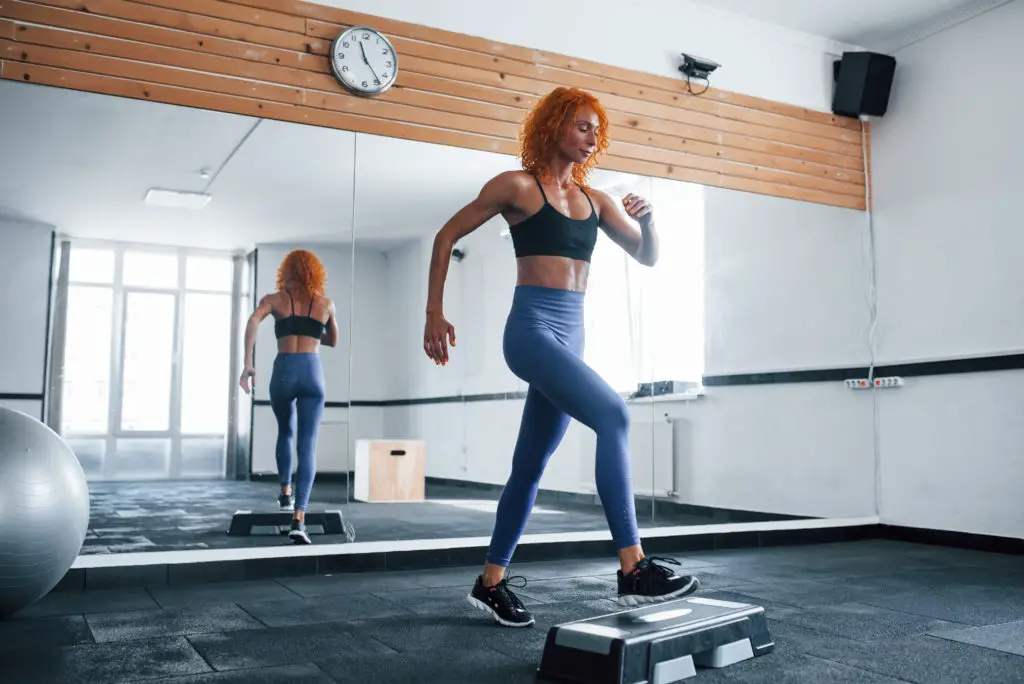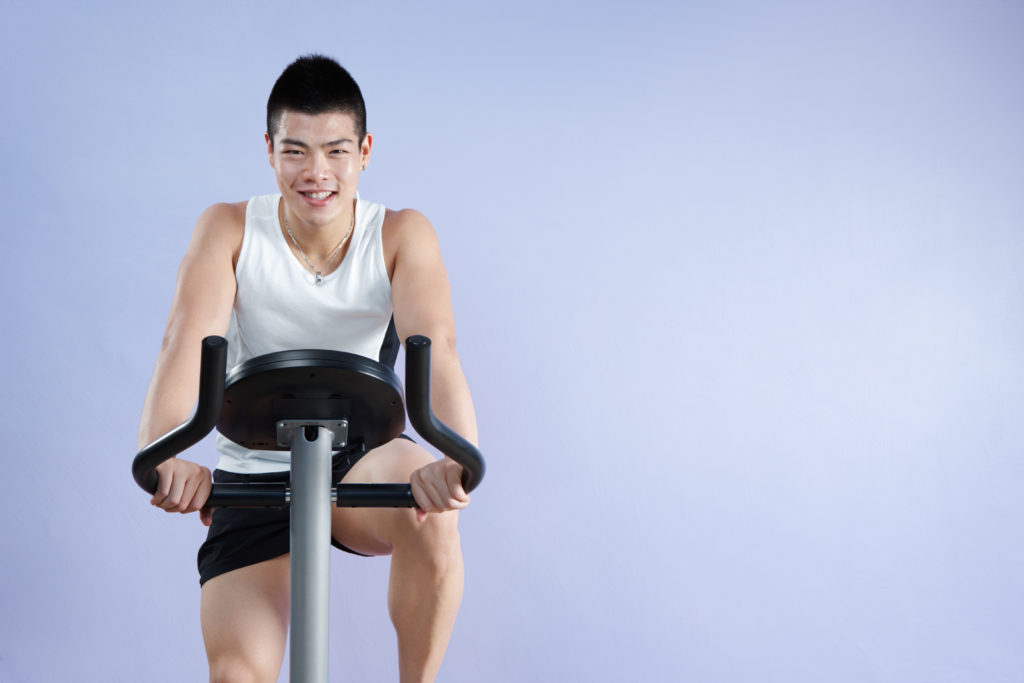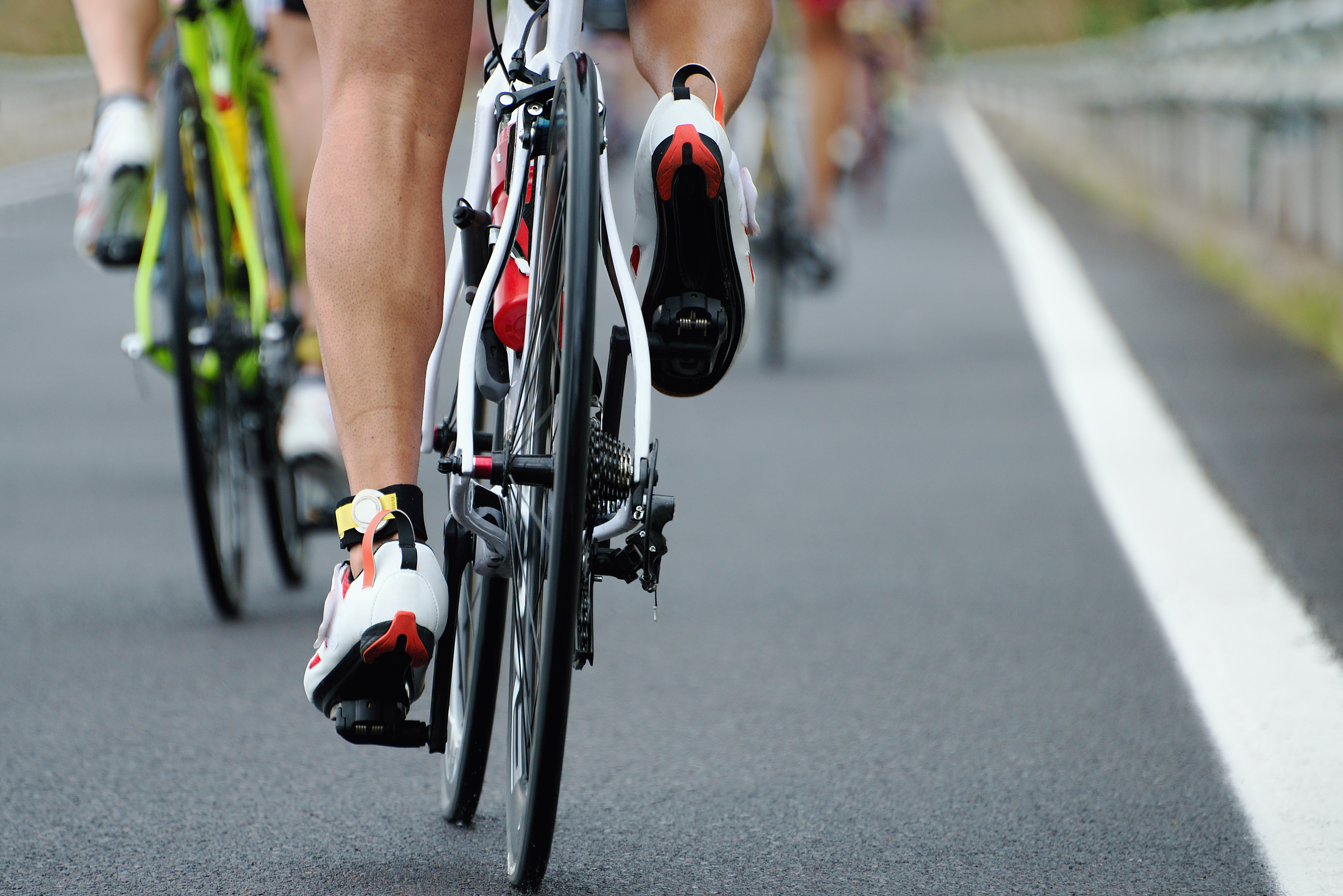Leg day is tough to recover from, especially the day after. That is when your legs feel so sore that the idea of a workout, especially cardio, sounds impossible. But could cardio (such as cycling) help?
Biking after leg day is recommended. Studies have proven that doing light cardio after leg day is great for fast recovery, and it helps your muscles build mass and power. Cardio can also help with delayed onset muscle soreness. A 20-minute low-intensity workout on a stationary bike is recommended.
These 20 minutes can help you in many ways. You can become less sore through it, and you can increase your muscle mass. When you are sore, doing cardio on a bike sounds crazy, but sometimes the crazy ideas are what help the most.
What to Know about Leg Day
Leg day is arguably the hardest workout day. Most active people will agree on this point! So, why is it so hard?
Your leg muscles are some of the largest muscles in your body, and they are some of the strongest too. Working these muscles out is not always hard, but the day after feels horrible and your legs feel like noodles.
Leg day can hurt because you are exercising big muscles that are used all the time to hold you and your weight up, to move you between places, and more. So even after working these out, your legs don’t get a break because they are still in full use all the time. This means that not only are they sore, but they feel super sore from you continuing to use these muscles.
This can make people want to take it easy the next day and not work out at all. Some people even plan the day after leg day to be more chill and involve lots of sitting breaks. But to get the best results from your leg day and to get rid of that soreness faster, cardio after leg day is your best bet.

Biking Cardio After Leg Day
Many studies like the “Effect Of Aerobic Activity On Delayed-Onset Muscle Soreness And Performance” share great insight into how cardio like biking helps DOMS, especially after leg day.
The study goes into detail about how muscle soreness affects workout performance and how cardio activity can help in muscle recovery. James Tufano studied 26 females performing low intensity and moderate-intensity workouts and noted the ways that bicycling helped them to recover afterward.
Women in the study did workouts and rated their pain on a scale of 0-5. Then, they performed a light cardio workout the next day on a stationary bike. The results of this proved that cycling helps with DOMS and that it can improve muscle mass gained after a workout as well.
Cycling after a hard workout is difficult, but really cycling is conditioning your muscles rather than working them out again. After leg day it is good to gently stretch out your muscles and work through that sore pain so that your muscles can start to feel better. Many people roll out their muscles with fitness equipment. Cycling is doing a similar thing for your muscles. You’re getting them warmed up with a gentle 20-minute ride. After that, your muscles can heal faster and feel better.
How to Properly Benefit From Biking
To properly benefit from biking after leg day, there are some tips you should know. In addition, there are some facts that can help ease your mind about getting on a stationary bike after leg day.
Use a bike at a low-intensity level, and ride it for 20 minutes. This time frame is long enough to condition your muscles, and the intensity is low enough to not exhaust you. It gives your muscles to work and get warmed up, but to not get too far into the exercise to count as a full workout. It simply puts your muscles up to some light work to help speed up the DOMS recovery process and to help your muscles grow in mass.
You should use a stationary bike for this light cardio. Using a stationary bike helps with keeping your legs engaged and not overworking you and your body. Remember that the goal of riding is to get your muscles warmed up and moving, not to push them and work them out. You don’t want to over-exhaust your muscles after a hard workout day, so riding with the intent of warming up your muscles is best.

After your cardio, finish your light workout with some recovery. Stretch and or roll your muscles. Using a foam roller can really help with DOMS and get your muscles feeling better before you move on to the rest of your day. After finishing off with a stretch, take an ice bath if you like. This helps your muscles recover and grow stronger from your workout. You can also recover by eating or drinking protein. Whether you like protein smoothies or you like to eat a protein-filled meal, doing this can help your muscles rebuild after a workout.
Some key points to take away are that you should do cardio after leg day. It can be hard, but knowing that you don’t have to push yourself and you can just move and warm up your muscles is comforting to know. This can also give you the motivation to do a cycling ride for 20 minutes because it does not have to be hard.
Also remember that if you cannot hit the gym the next day or if you don’t have access to a stationary bike, then take the advice the best you can. Cardio can be a walk or light run around your own neighborhood too. Simply give yourself a distance goal or a time goal and go walk or run around trails in your area. This will still be beneficial for your leg muscles.
No matter what you do after leg day, try to fit in a stretch. Even for just a few minutes, stretching out your legs can help you with DOMS and help you recover from the pain of sore muscles.
My Recommended Gear for Year-Round Cycling on a Budget
It took me years of trial and error to figure out the best and most affordable setup for my daily bike commuting. I would only recommend the gear that is good quality for a good price. Here’s my full year-round gear recommendation guide.
Want to know how much your cycling gear should cost? Check out my guide with different budget options here.
Ride on!

